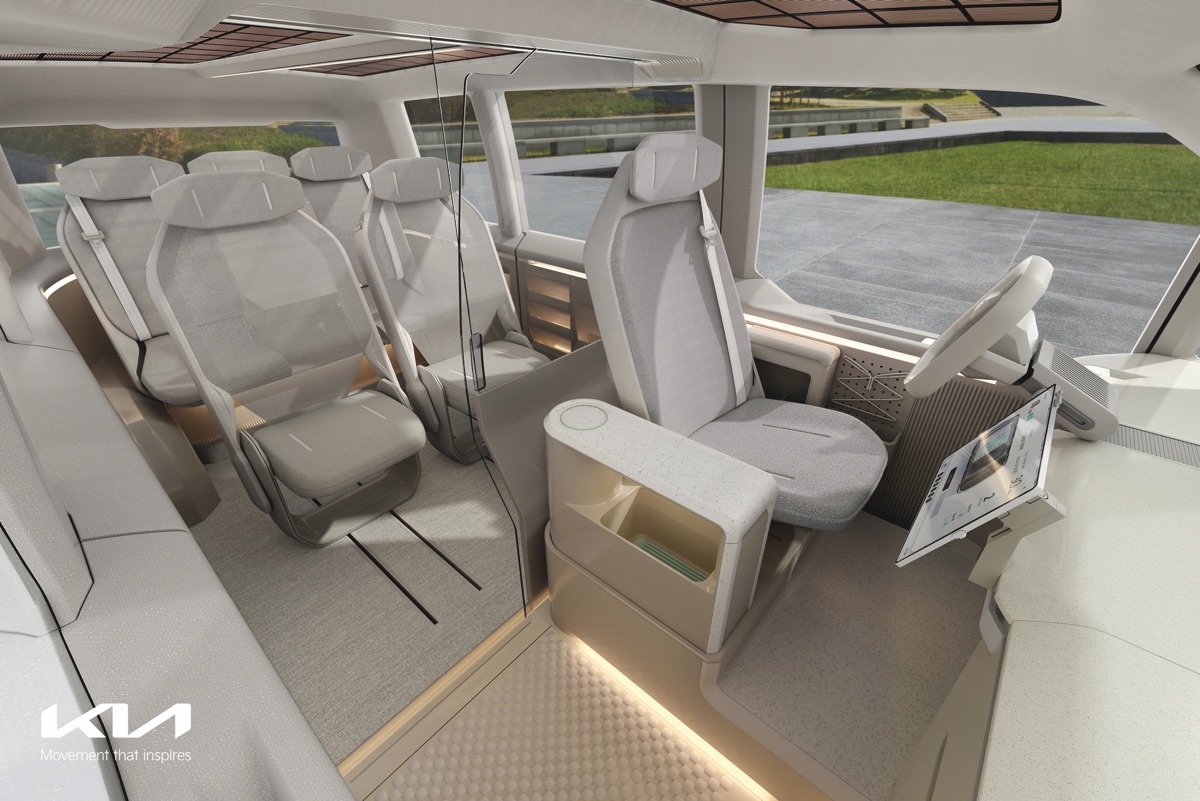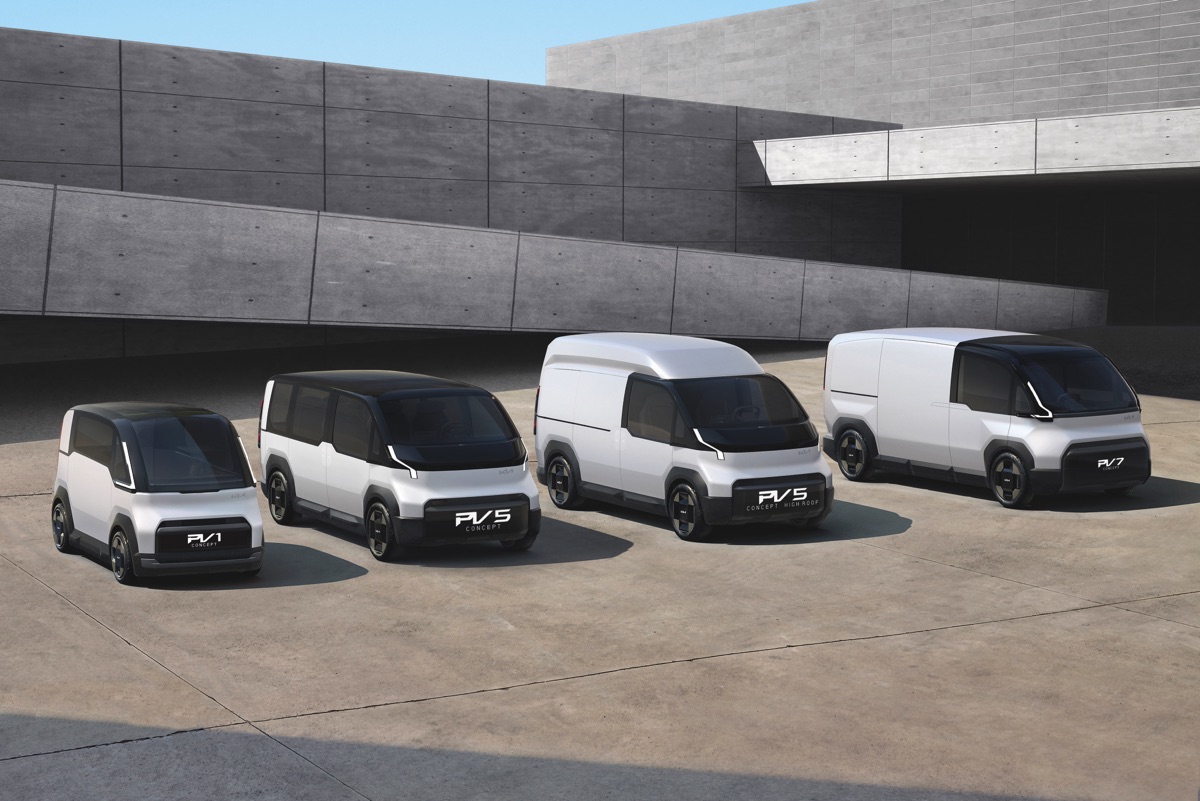
Text: Martina Hošková, M.Zisso; Photo: Archive
You might know the Lego 3-in-1 building kit, which, thanks to its clever design, offers the possibility to build three different models from a single set of pieces. A similar project is being intensively prepared by the South Korean carmaker Kia, titled Platform Beyond Vehicle cars, or PBV for short. PBVs are scheduled to be launched in the domestic Korean market in the second half of 2025, after which they will enter markets around the world, including Europe with the Czech Republic and North America, in the first quarter of 2026.
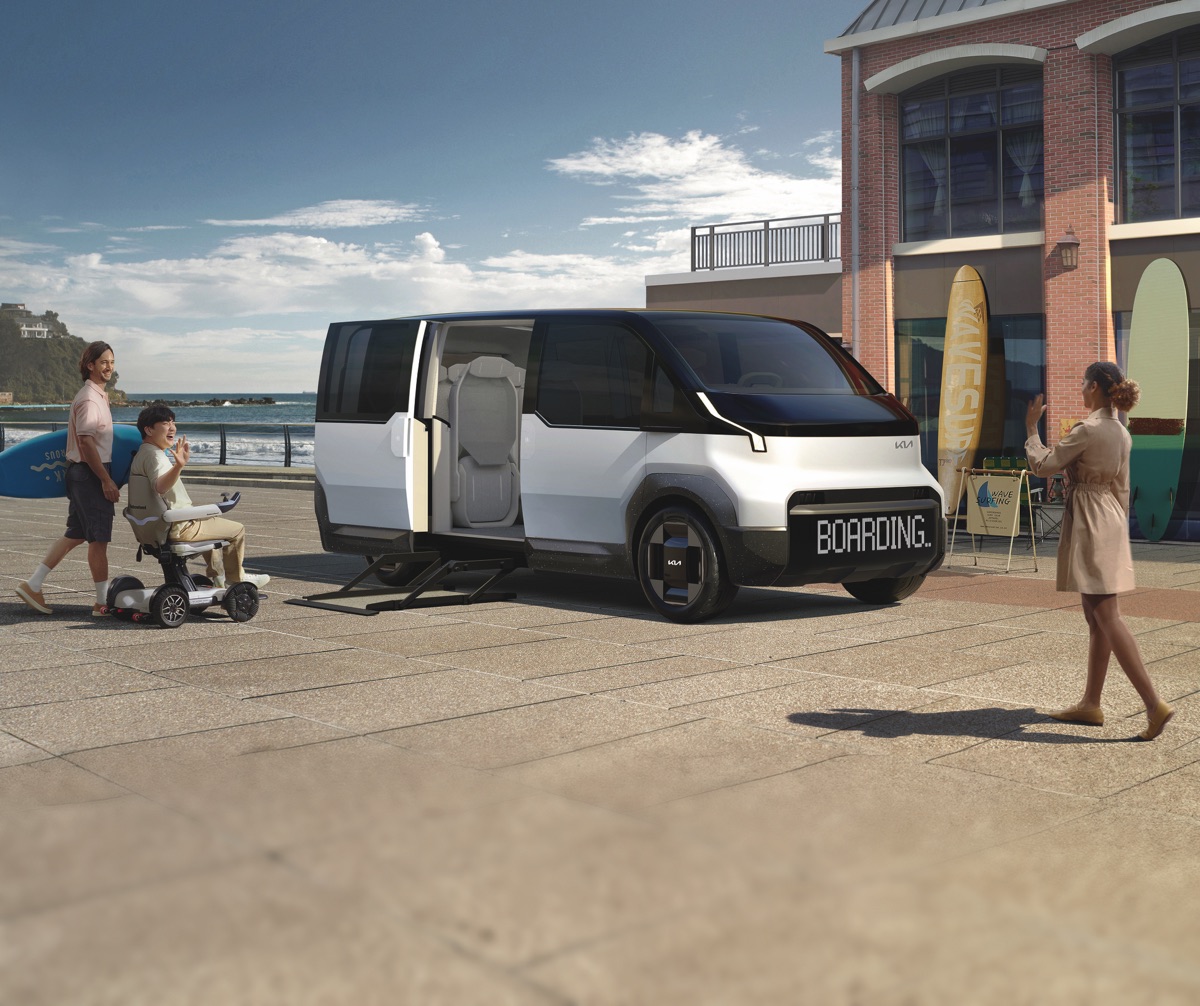
How does the several-in-1 concept work?
Modular technology offers the possibility of the basic platform of the car, with the driver’s compartment remaining the same while the rear section can be changed according to the current needs. Specifically, you can look forward to a new product called Platform Beyond Vehicle (PBV), which Kia unveiled at the CES advanced technology trade show in Las Vegas, USA.
Kia demonstrated the functioning of the system using three different concepts: the PV5 – in three all-purpose variants, the PV7 – offering the largest interior space and longest range, and the PV1 – the smallest car for short-distance transport. This clearly shows that we really are talking about several cars in one here. They will all use electric drive, as well as Level 4 autonomous driving and advanced Artificial Intelligence technology.
With this concept, Kia explains, you can enjoy driving a van during the week, a family minivan on weekends, and perhaps a small camper for a vacation.
It is expected to be appreciated mainly by companies that do not plan to purchase multiple cars for their fleet, but will instead use a single car with a cleverly thought-out concept.
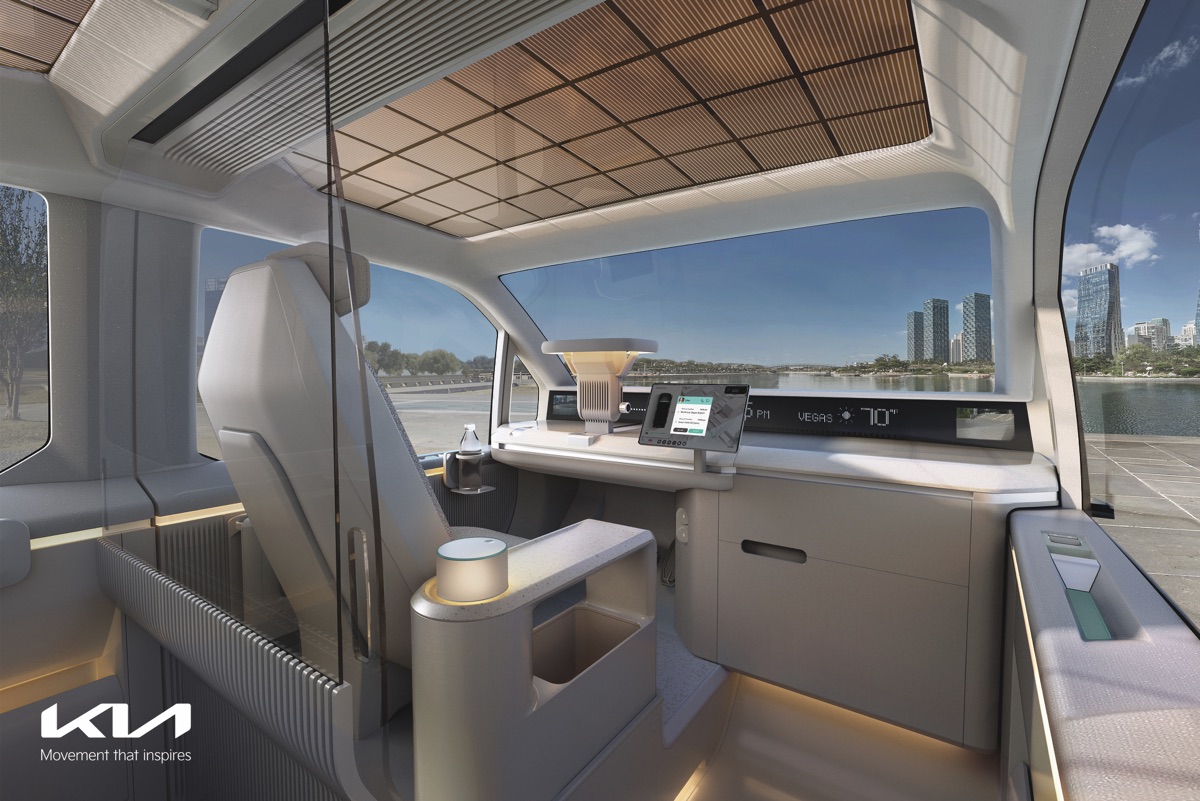
A competitive price in the Czech market
“The design strategy is to allow the use of a single chassis to meet different mobility needs. Behind the fixed cab, otherwise known as the ‘driver’s zone’, various interchangeable super-structures or ‘life modules’ can be attached to the base vehicle via hybrid electromagnetic and mechanical coupling technology, turning the PBV into a taxi during the day, a delivery van at night, and a personal recreational vehicle on weekends,” explains Ho Sung Song, president and CEO of Kia Corporation, adding: “It is still too early for specific information on prices, given the launch date of these cars on the Czech market. However, we recognize that it is important to develop a range of affordable PBVs to meet different customer needs and maintain a strong market position. We will ensure that our offering is price competitive.”
According to Kia, the range of applications will be very broad. The hybrid mechanical and electromagnetic principle will ensure simple and fast conversion. With regards to the actual swapping process, the carmaker says there will be no complications thanks to the modular Easy Swap technology. The PBV design requires no welding, which allows for considerable flexibility. All PBVs are equipped with a modular rail system in the ceiling, floor, and side panels for easy adaptation between different vehicles. In addition, thanks to automation, the “conversion” can be easily controlled using a smartphone or tablet.
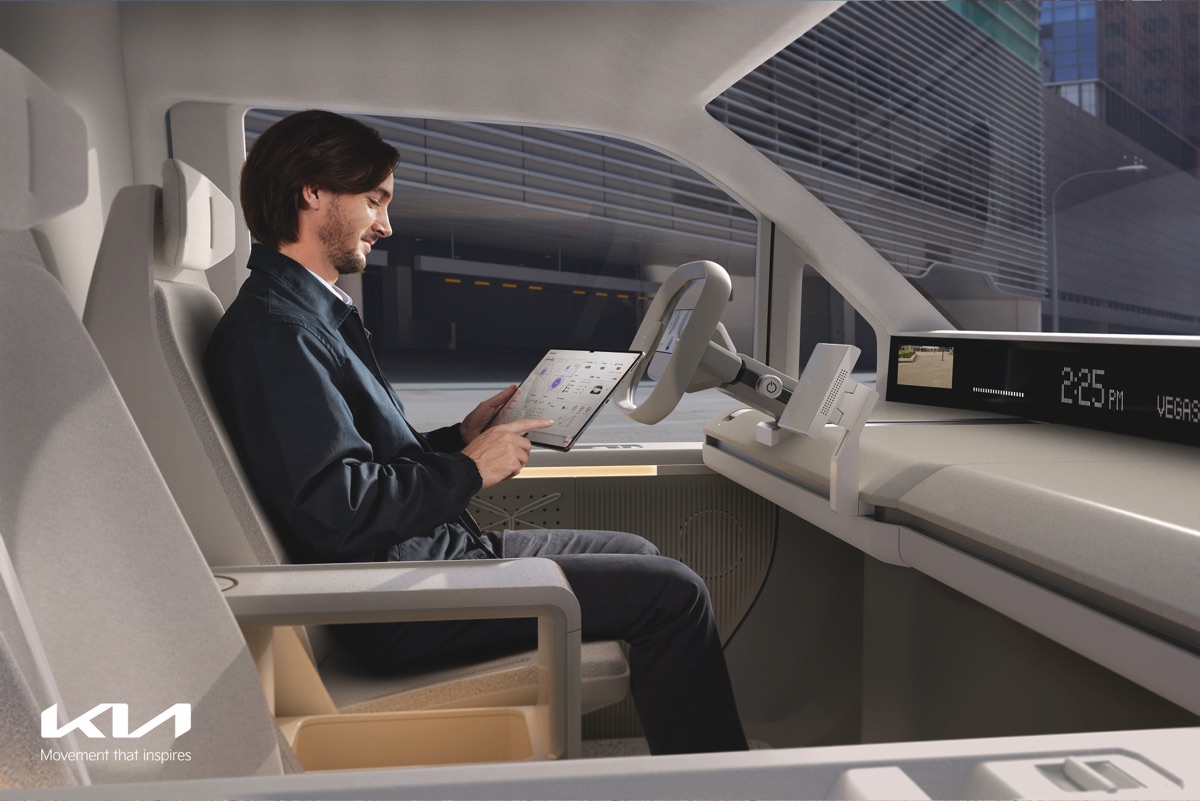
Kia’s confidence in the whole concept is evident by the fact that it plans to open a factory in South Korea – specifically at Autoland Hwaseong, near the capital Seoul – with an annual capacity of up to 150,000 such vehicles in 2025. The construction costs will reach USD 758 million. PBVs are scheduled to be launched in the domestic Korean market in the second half of 2025, after which PBVs will enter markets around the world, including Europe with the Czech Republic and North America, in the first quarter of 2026. Intensive negotiations are currently underway with partners such as Uber, Coupang, CJ Logistics and Kakao Mobility in connection with the transport of people and goods, including robotaxi. This, to some extent, is also linked to Kia’s other plan to produce a total of 1.6 million electric vehicles per year by 2030.
